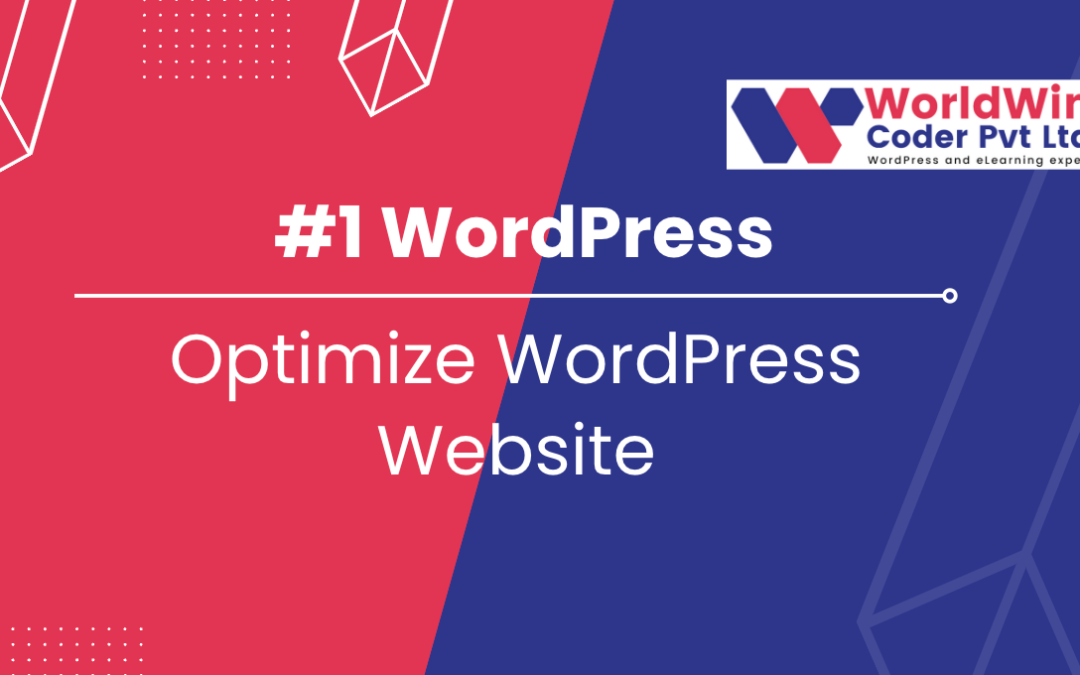
Optimize Your WordPress Website for Improved Performance and User Experience
Optimize WordPress website is an important step in improving website performance and user experience. A well-optimized WordPress website will load faster, rank higher in search engines, and provide a better user experience. The optimization process involves several key steps, including choosing a fast and reliable hosting provider, using a lightweight and well-coded theme, minimizing the use of plugins, optimizing images, minimizing HTTP requests, using a content delivery network (CDN), enabling caching, using a lazy load plugin, minimizing external scripts and embeds, and regularly monitoring website performance. By following these steps and making regular improvements, you can ensure that your WordPress website is running at its best and providing a great experience for your visitors.
I. Introduction
- Brief overview of WordPress as a popular website building platform
- Importance of optimize WordPress website for improved performance and user experience
II. Start with a Good Hosting Provider
- Explanation of the role of hosting in website performance
- Recommendation of reliable and fast hosting providers such as Bluehost, SiteGround, etc.
III. Choose a Lightweight WordPress Theme
- Explanation of the impact of the theme on website speed
- Recommendation of lightweight themes such as Astra, Neve, etc.
IV. Minimize the Use of Plugins
- Explanation of the impact of plugins on website speed
- Recommendation of using only essential plugins and using plugins that are well-maintained and frequently updated
V. Optimize Images
- Explanation of the impact of images on website speed
- Recommendation of using tools such as Photoshop or TinyPNG to compress images before uploading to the website
VI. Minimize HTTP Requests
- Explanation of HTTP requests and how they affect website speed
- Recommendation of reducing the number of HTTP requests by combining and minifying CSS and JavaScript files
VII. Use a Content Delivery Network (CDN)
- Explanation of the purpose of a CDN
- Recommendation of using a CDN such as Cloudflare or MaxCDN to serve website content from multiple locations, improving website speed and reducing server load
VIII. Regularly Monitor Website Performance
- Explanation of the importance of regularly monitoring website performance
- Recommendation of using tools such as GTmetrix, Pingdom, etc. to track website speed, identify bottlenecks, and make improvements
IX. Conclusion
- Summarize the importance of optimizing a WordPress website and the steps to do so
- Emphasize the importance of regularly monitoring website performance and making improvements to ensure optimal performance.
